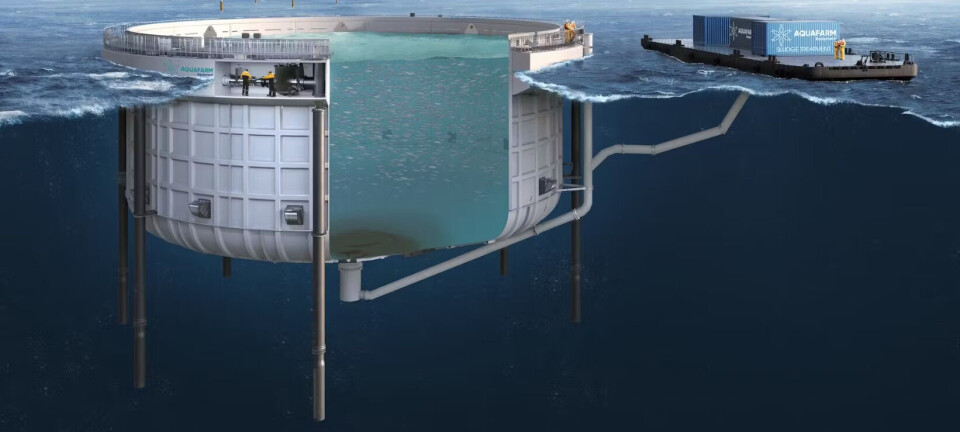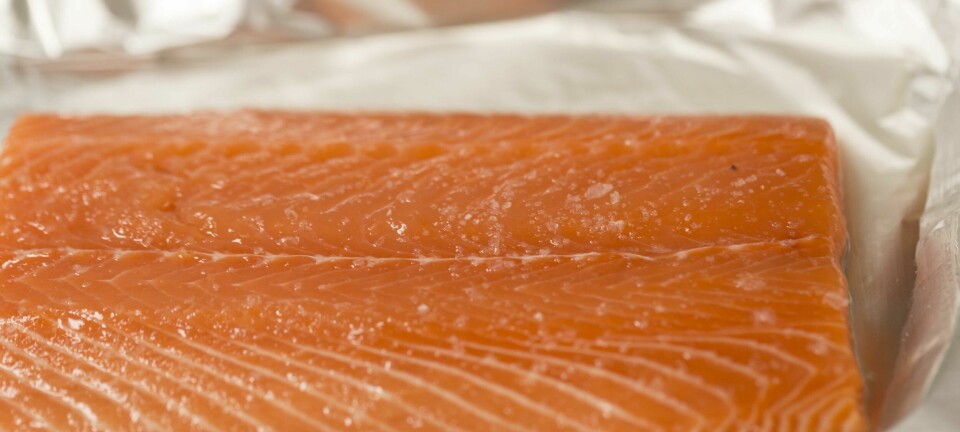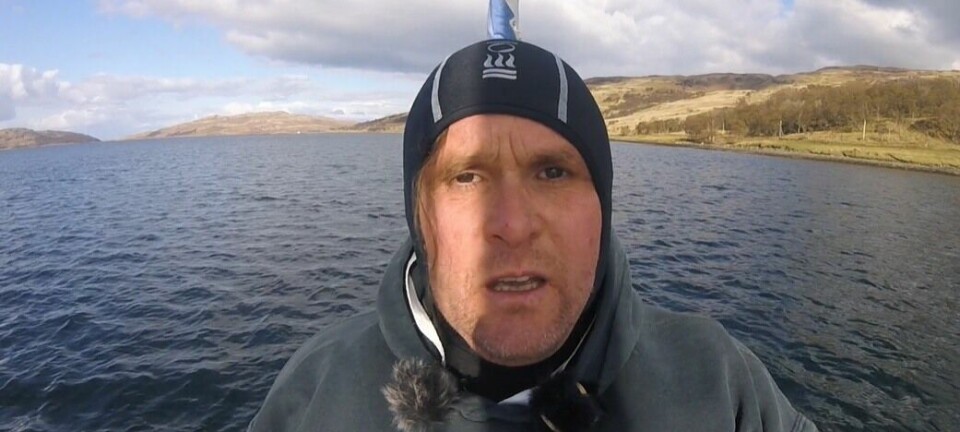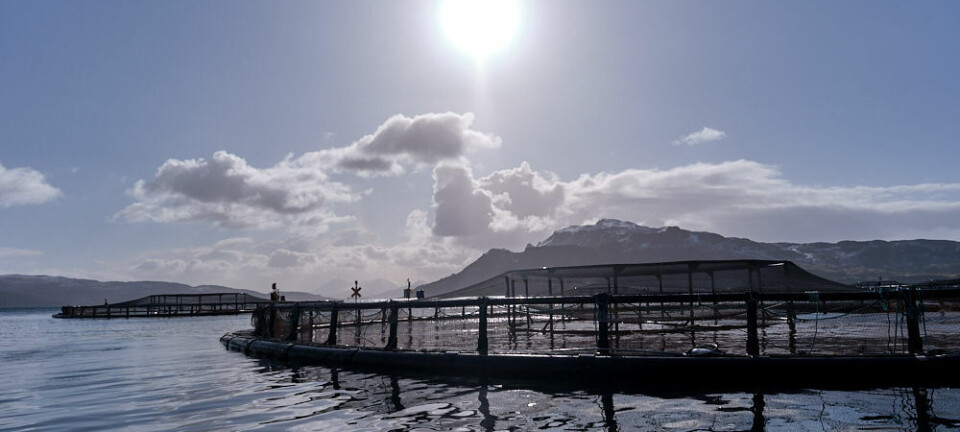
Bakkafrost Scotland lost £31.4 million last year
Salmon farmer’s deficit was smaller than in 2021 and company remains confident of recovery
Salmon farmer Bakkafrost Scotland made an operating loss of £30 million last year, a smaller deficit than the £45m operating loss made in 2021, according to its newly published annual report for 2022.
Revenue in 2022 – a year of record high prices - was £157m, £3m more than the year before, despite harvest volume dropping from 29,673 gutted weight tonnes in 2021 to 23,800 gwt.
Pre-tax loss in 2022 was £35.732m (2021 loss: £46.182m), reduced to £31.439m due to a tax rebate of £4.293m. The previous year’s loss was reduced to £34.168m because of a tax rebate of £12.014m.
More asssets
Total assets were valued at £269m at the end of 2022, five times the £52m valuation at the end of 2021. The company’s Faroese owner, Bakkafrost Group, invested heavily during the year in a new hatchery and post-smolt facility at Applecross, and in expanding fish treatment capacity and upgrading infrastructure including shore bases, feed systems, and nets.
“2022 continued to be a challenging year for the business and this is reflected in the financial results,” wrote Bakkafrost Scotland’s directors in the report.
“Continued challenges from environmental blooms and related gill health, particularly during the second half of the year, had a significant impact on mortality, reducing harvest volumes and decreasing average harvest mean weights.”
Biological risk
Bakkafrost believes that growing post-smolts to 500 grams before stocking them in marine sites will significantly reduce biological risk by cutting down the time the fish spend in the sea.
It has also ramped up its capacity to treat fish for lice and gill disease by leasing the Ronja Star, a large state-of-the-art wellboat equipped with a reverse osmosis system to produce fresh water from sea water for freshwater baths. The vessel, which has a well capacity of 4,000 m³, is also equipped with a gentle FLS delousing system that uses “cyclones” of water to wash any remaining lice off the salmon.
The directors wrote that the group had ordered similar technology for another well boat.
“Against a backdrop of high inflation, global market uncertainty, and significant biological challenges impacting on financial performance, the business remains committed to its strategic investment plan - with successful implementation of the large smolt strategy, investment in treatment capacity, and adoption of best practices expected to drive improved financial performance,” the directors concluded.



















































